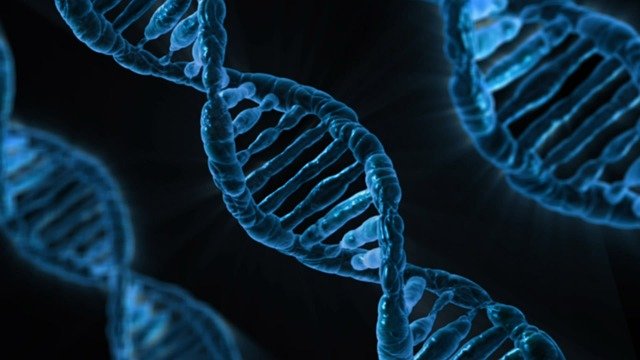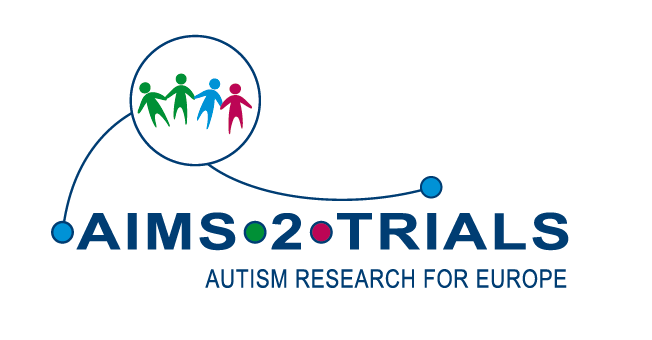Research partners of AIMS-2-TRIALS from Birkbeck University, London have published a paper exploring how a process called DNA methylation plays a role in autism.
DNA methylation is a naturally occurring process that happens in all people to different degrees. During DNA methylation, molecules called methyl groups attach to DNA. In so doing, they can impact how segments of the DNA behave, even though the DNA itself does not change. This process affects the activity of our genes over the course of our lifetimes, particularly during early development.
To scientifically study DNA methylation, cheek-swab samples were taken and researchers looked at the degree to which a methyl group was present at specific sites in the swabbed DNA. This methyl group limits accessibility to key proteins that are critical for creating new proteins from the genes. Researchers aimed to understand whether some of these changes, which impact how genes are expressed, might play a role in child development, particularly in conditions such as autism.
The present study involved 63 volunteer families with male infants, with and without an older autistic sibling. A DNA sample was taken from the infant using a non-invasive cheek-swab and the researchers also collected several measures of socialization over the first 2 years of life, including parent-rated scales and measures of the amount of time infants spent looking at faces.
The study found that DNA methylation occurring between 8 and 15 months of age in genes that are known to play a role in neurodevelopment were found to be associated with the time that infants spent looking at faces. The strongest evidence was for genes associated with ADHD (attention deficit and hyperactivity disorder) and intellectual disability.
These findings suggest that DNA methylation can have an age-specific role in relation to the development of social skills. This study illustrates a promising approach to start to understand the biology underlying the emergence of autism. The findings suggest that differences in the biological processes underlying the development of socialization emerge between the first and the second year of age.









